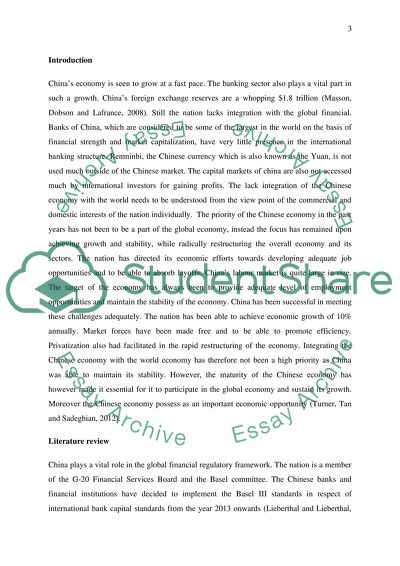Cite this document
(“Whether China's banking system should integration with the world Essay”, n.d.)
Whether China's banking system should integration with the world Essay. Retrieved from https://studentshare.org/finance-accounting/1672987-whether-chinas-banking-system-should-integration-with-the-world
Whether China's banking system should integration with the world Essay. Retrieved from https://studentshare.org/finance-accounting/1672987-whether-chinas-banking-system-should-integration-with-the-world
(Whether China'S Banking System Should Integration With the World Essay)
Whether China'S Banking System Should Integration With the World Essay. https://studentshare.org/finance-accounting/1672987-whether-chinas-banking-system-should-integration-with-the-world.
Whether China'S Banking System Should Integration With the World Essay. https://studentshare.org/finance-accounting/1672987-whether-chinas-banking-system-should-integration-with-the-world.
“Whether China'S Banking System Should Integration With the World Essay”, n.d. https://studentshare.org/finance-accounting/1672987-whether-chinas-banking-system-should-integration-with-the-world.


